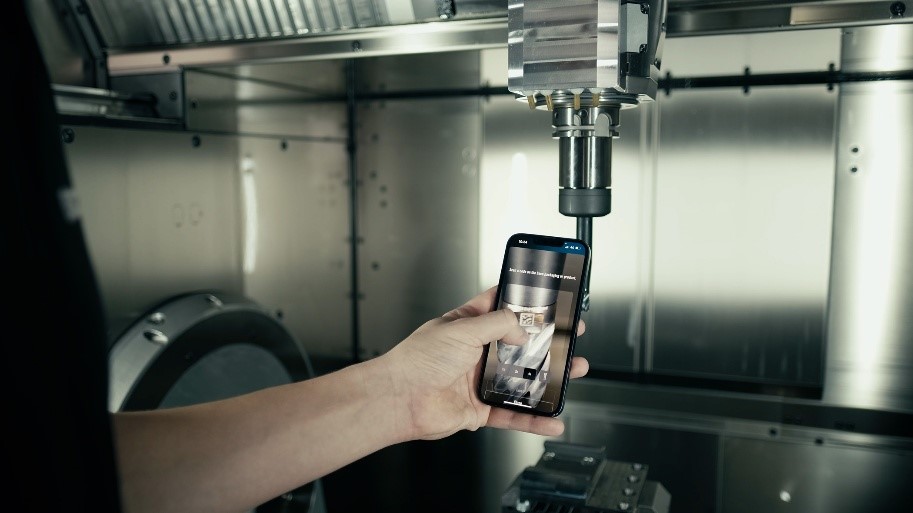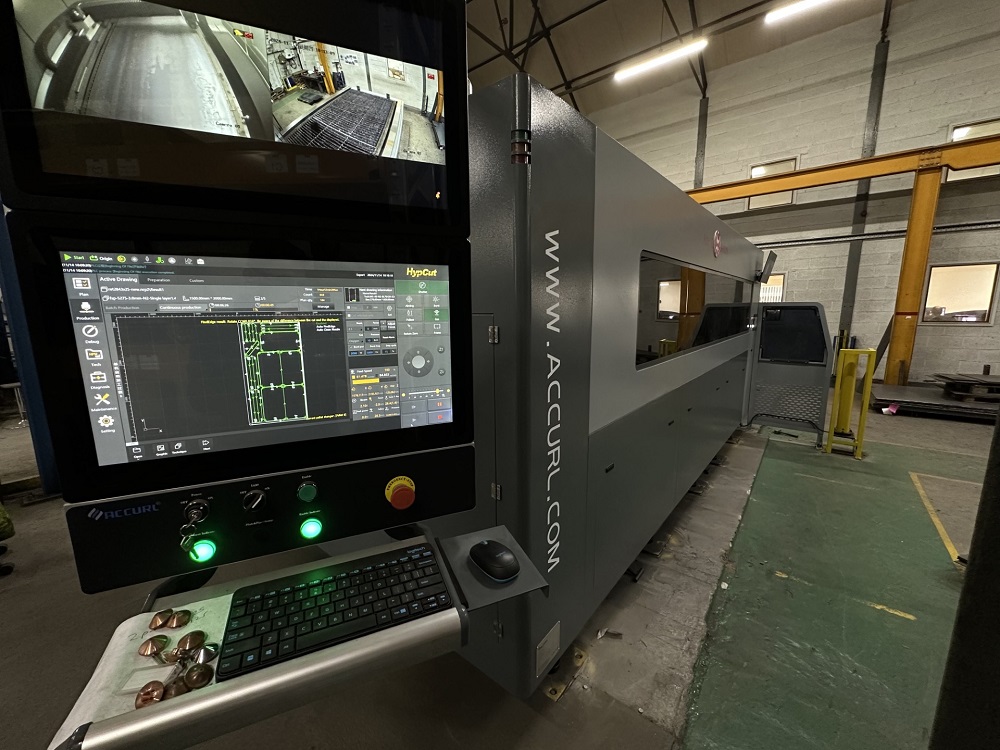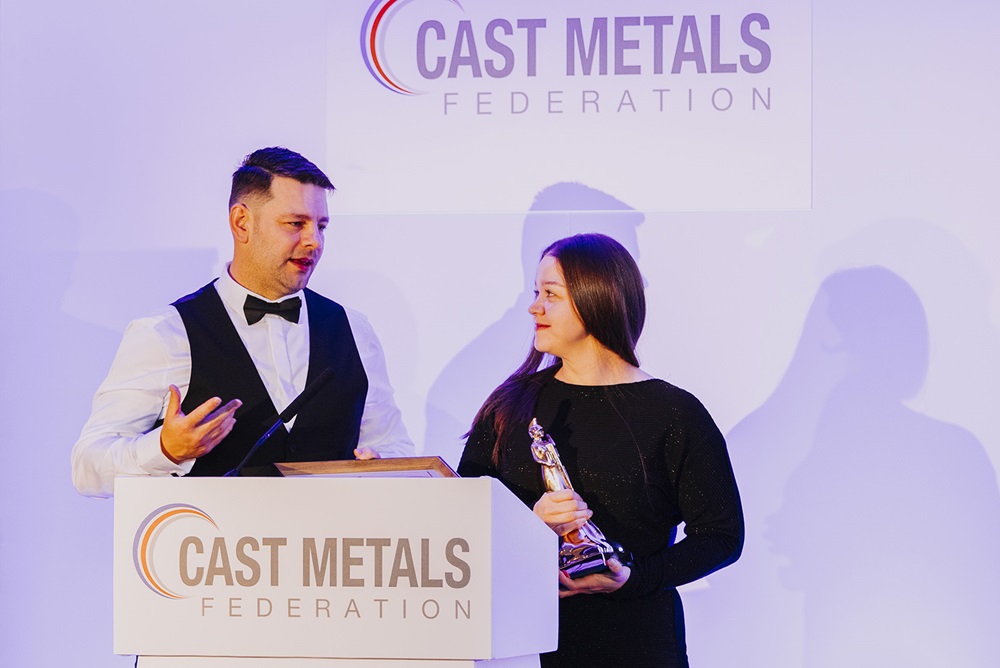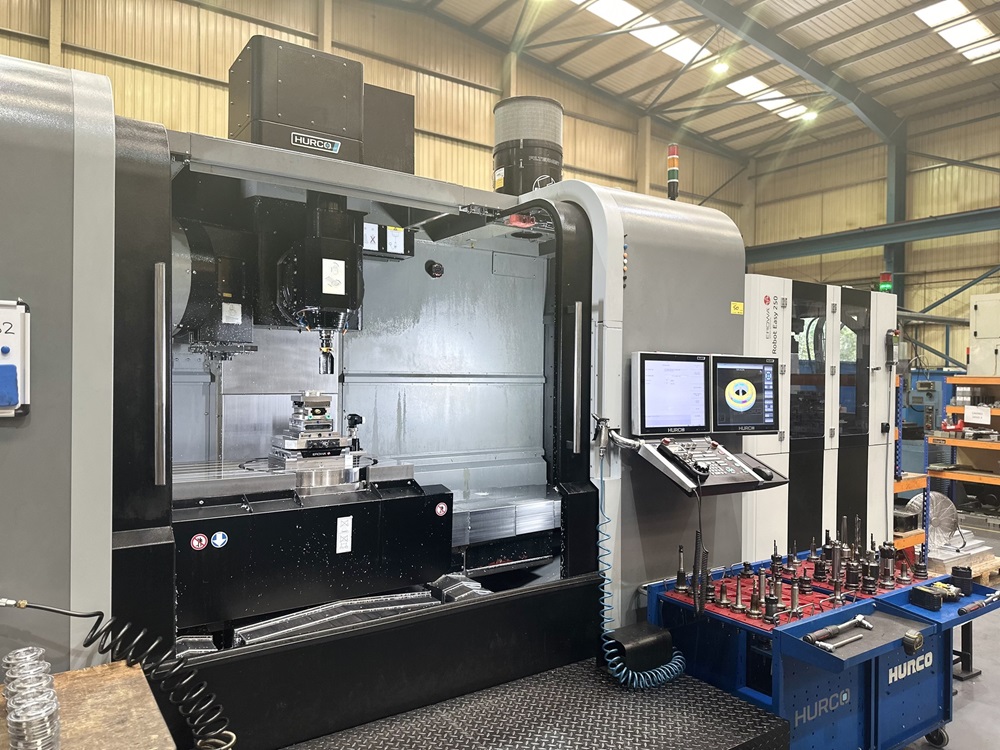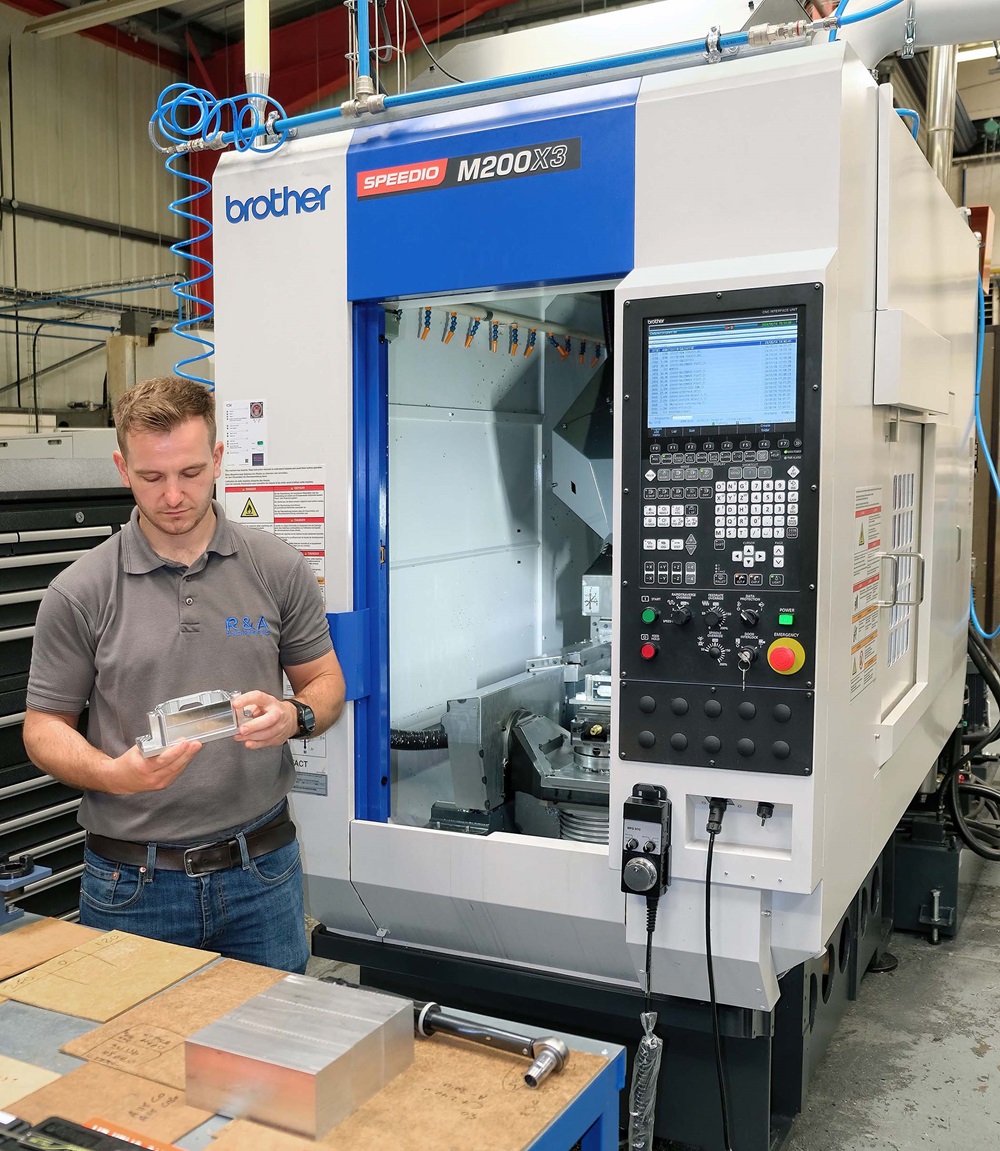One of the biggest challenges for any machine shop is workshop air quality and the impact coolant mist has on staff wellbeing. To prevent coolant mist from impacting the air quality in the workplace, Tooling 2000 installed on-machine mist extraction systems from Filtermist.
In addition to COSHH-compliant clean air, the Birmingham-based automotive subcontract manufacturer is also benefitting in other less obvious ways, as senior business development manager at Tooling 2000, Iain Bubb, explains: “Filtermist systems firstly protects our workforce, which is of paramount importance. However, they also allow us to open our machine doors sooner, providing more machining uptime.”
If the doors of the machines are opened immediately after a cutting cycle without Filtermist system in place, oil mist enters the air. This results in a film on the machines, tools, floor and anything else in the vicinity, causing a health and safety concern.
“With Filtermist, we’re removing all airborne particulates from the machine tool atmosphere, which not only keeps the inside of the machine clean, but also also helps to remove the swarf as it does not stick to any tacky coolant residue on the machine bed.”
With the Filtermist FX5002 mist extraction systems fitted to its range of Hurco machining centres, Tooling 2000 finds maintenance of the technology easy to manage.
“We have a TPM [Total Productive Maintenance] system in place so, after a set number of production hours, we change and clean the Filtermist filters. Productivity is also very important to us as it cascades down to the bottom line. With the Filtermist technology we get more uptime from our machines, giving us better productivity and profitability.”
More information www.filtermist.co.uk








